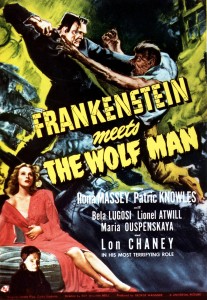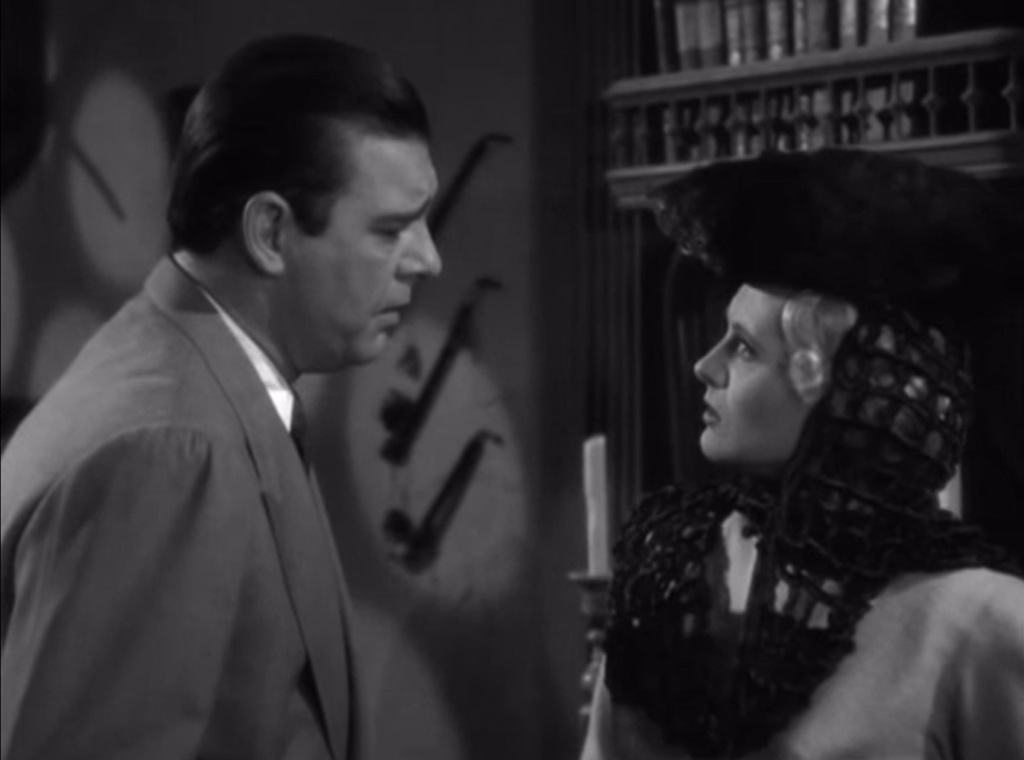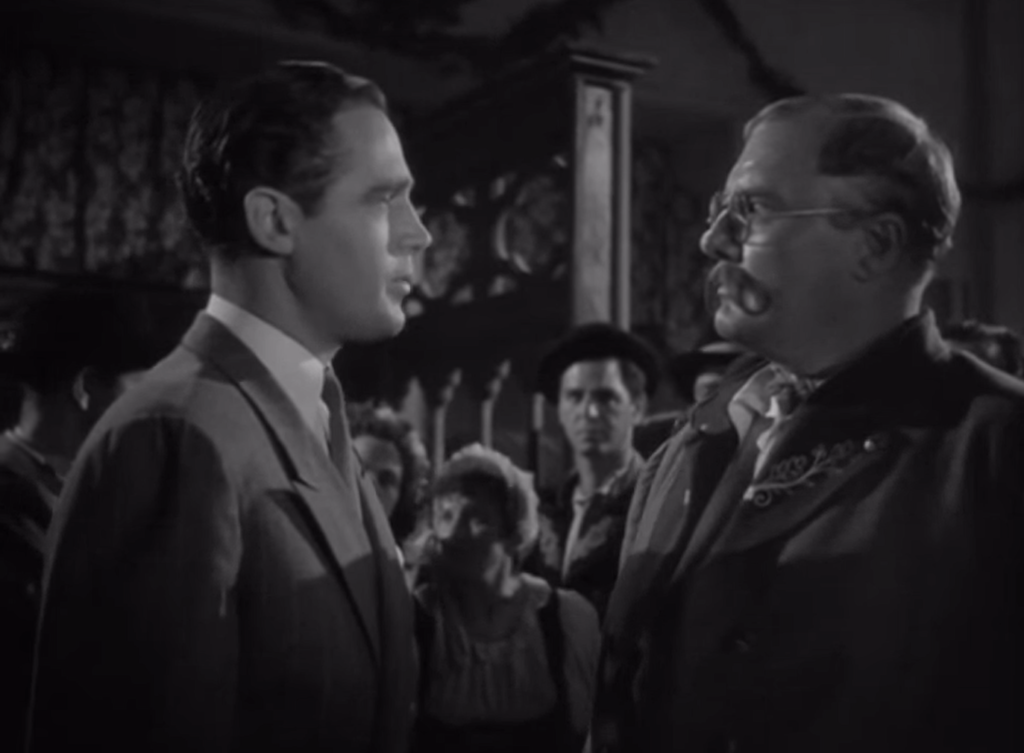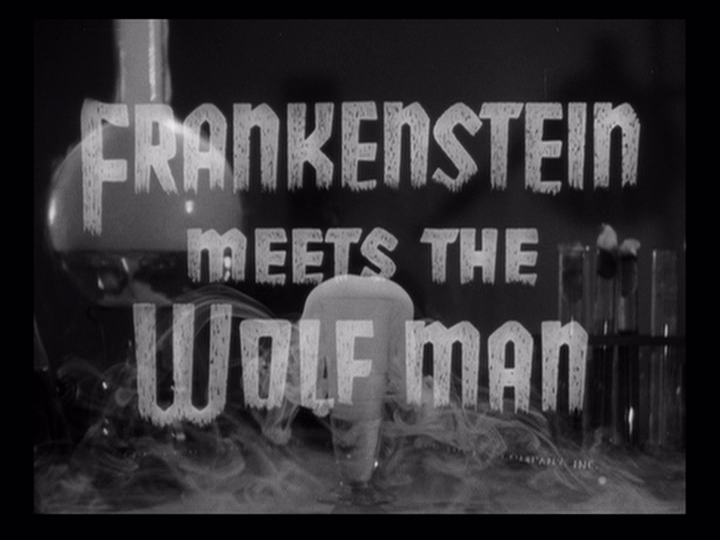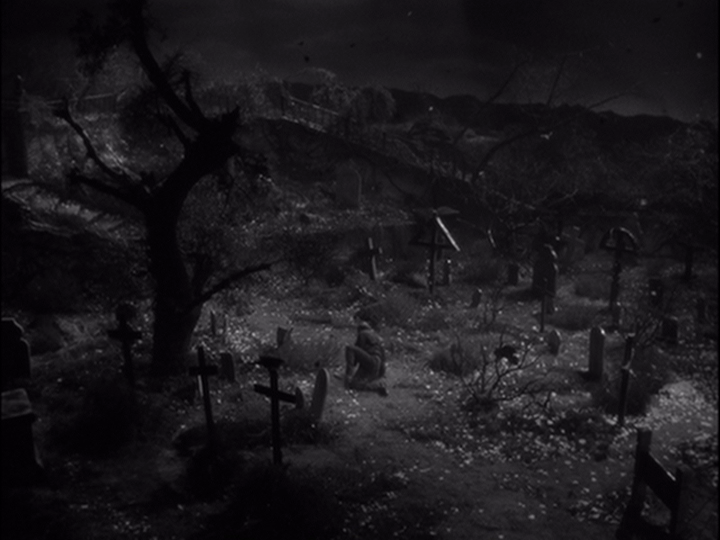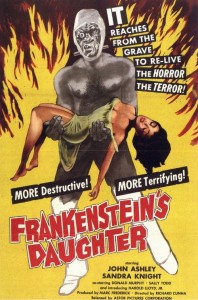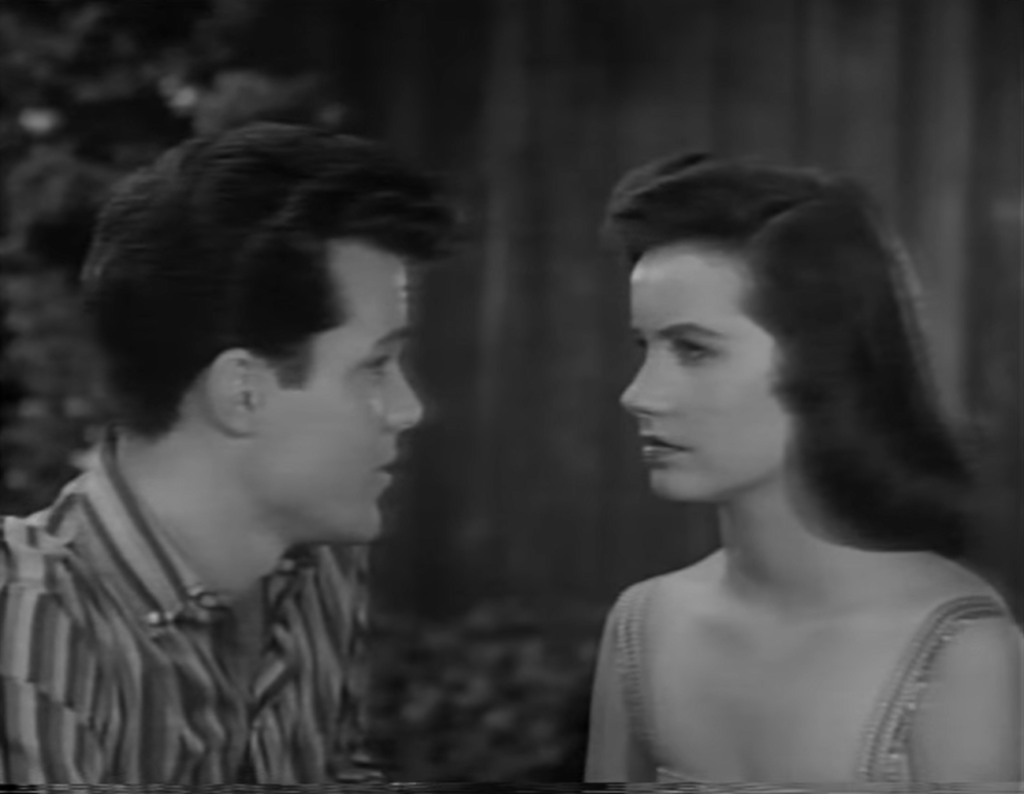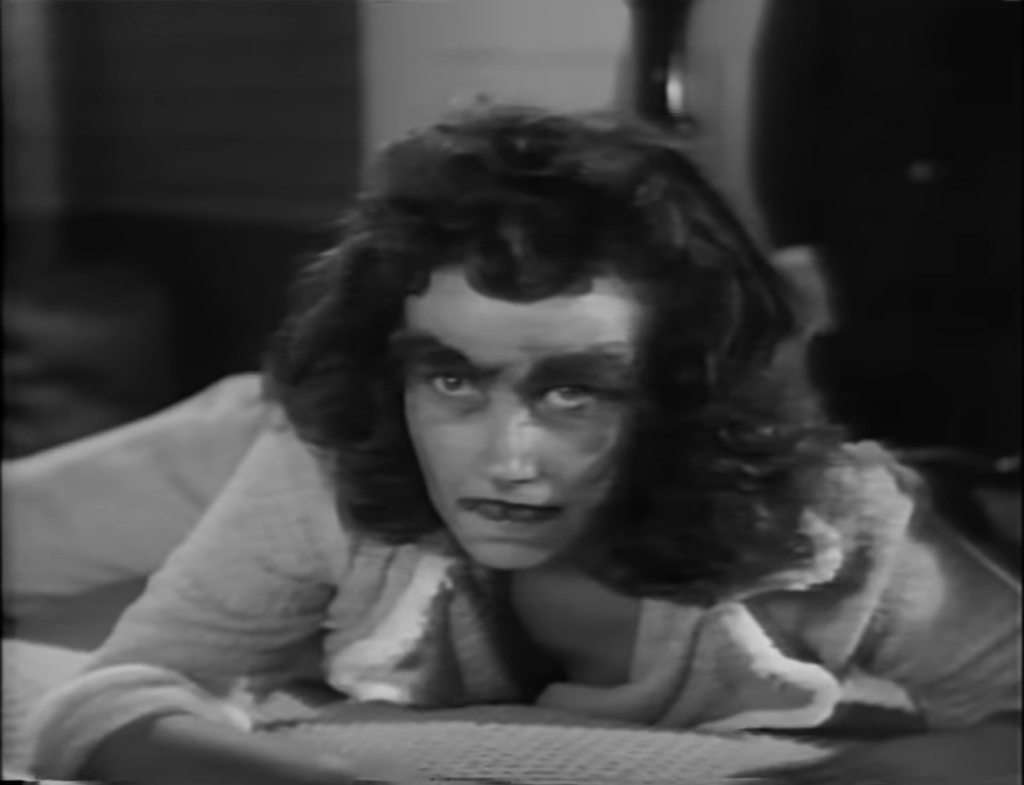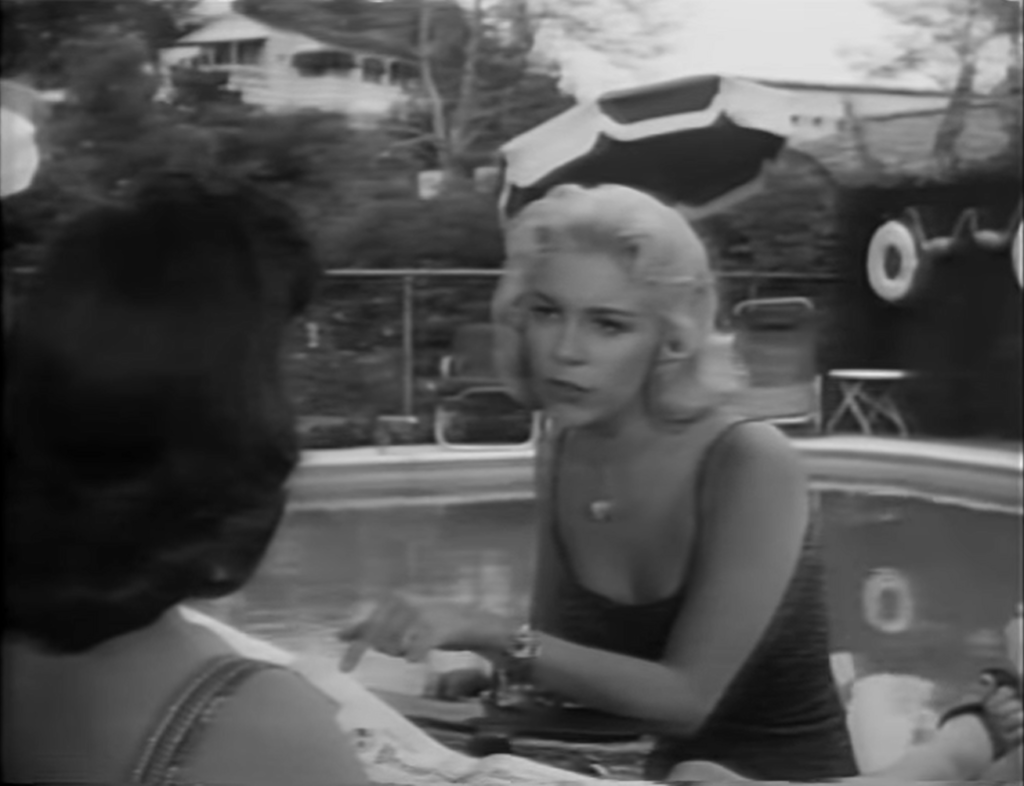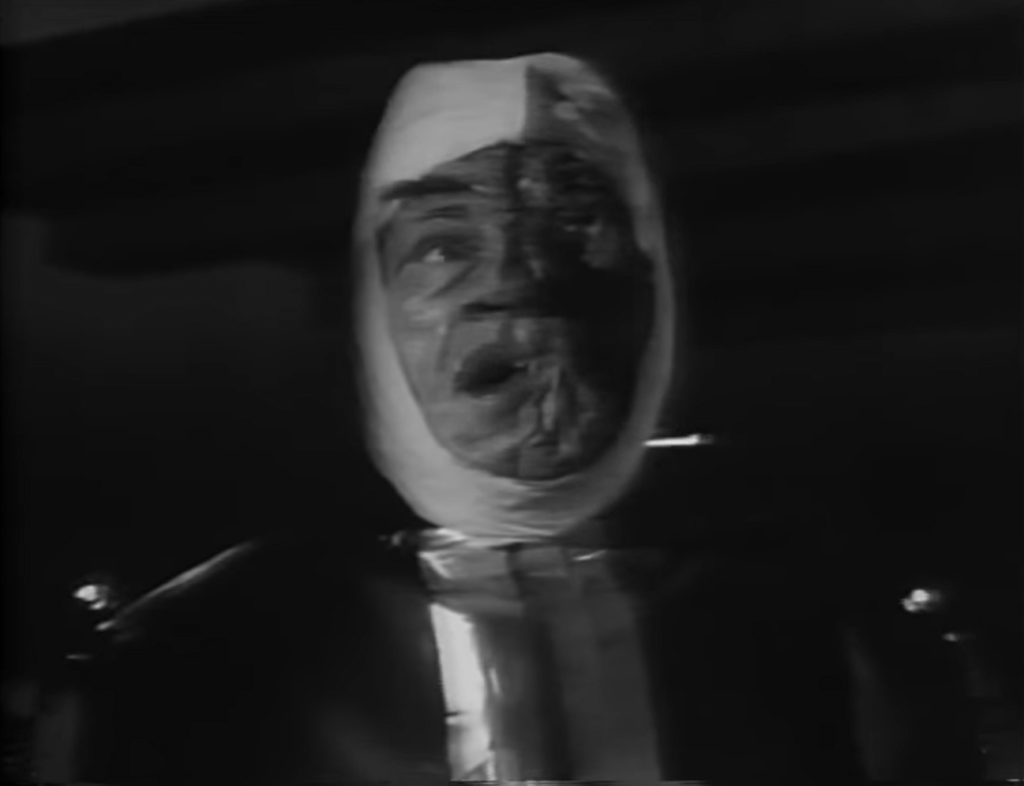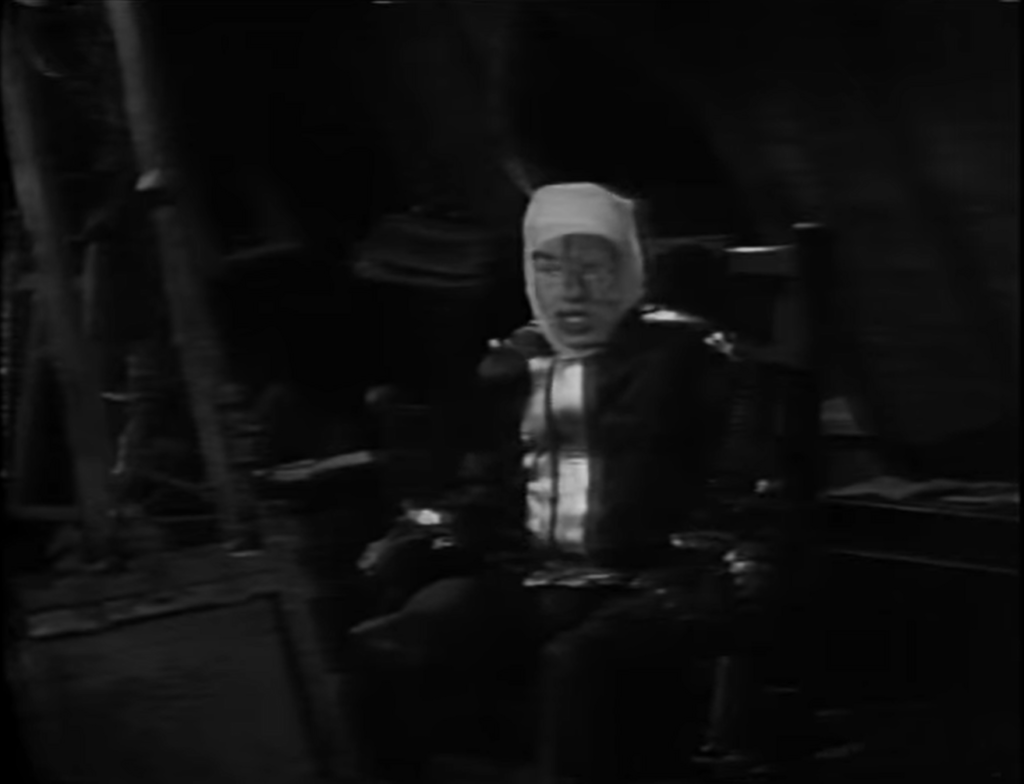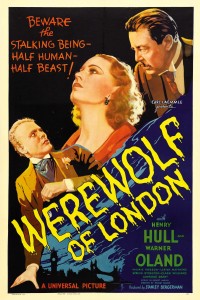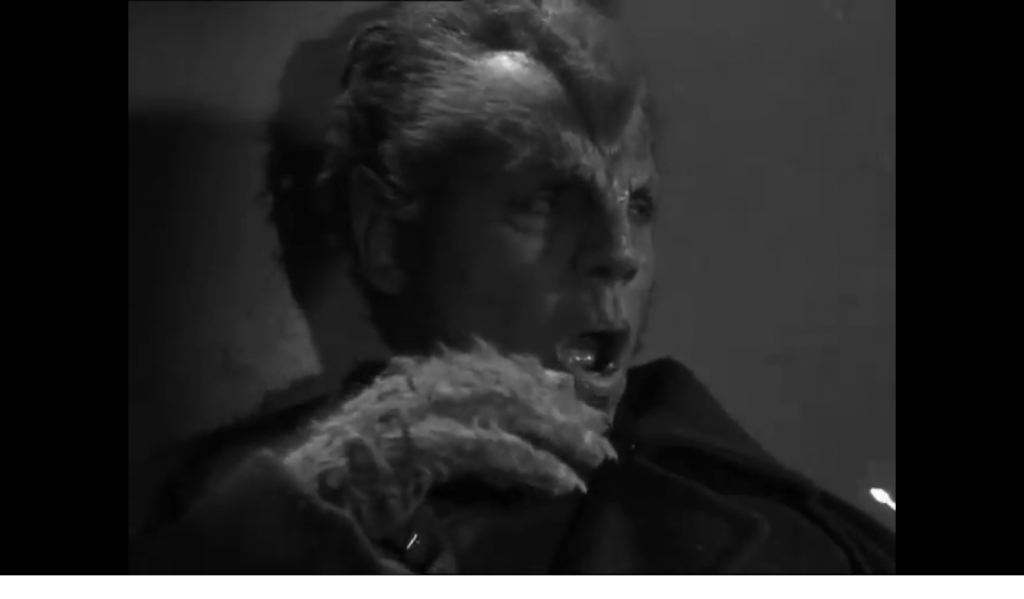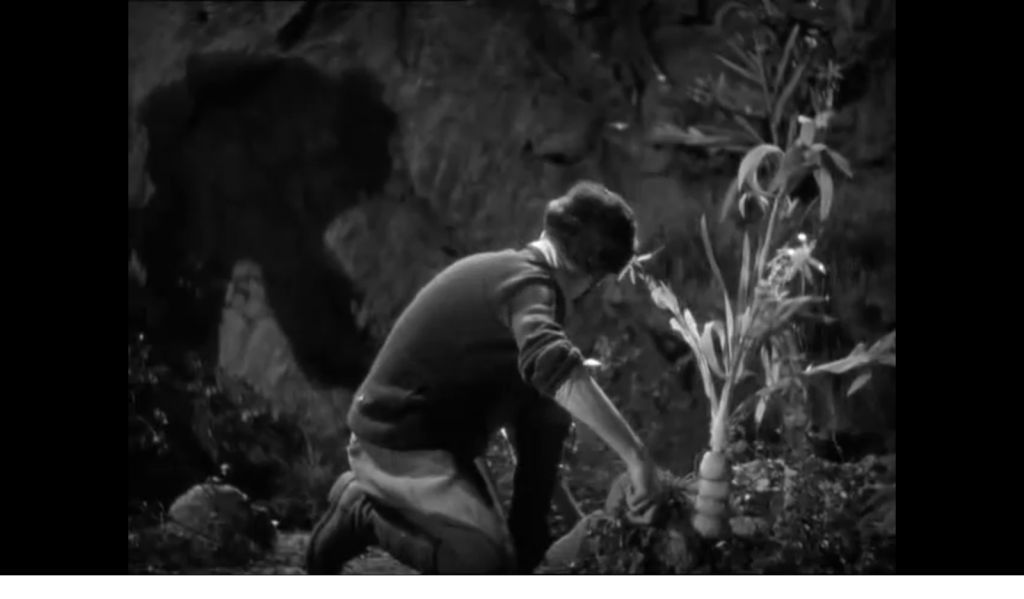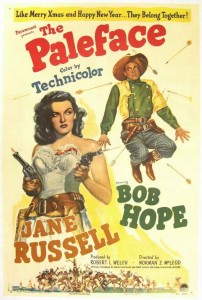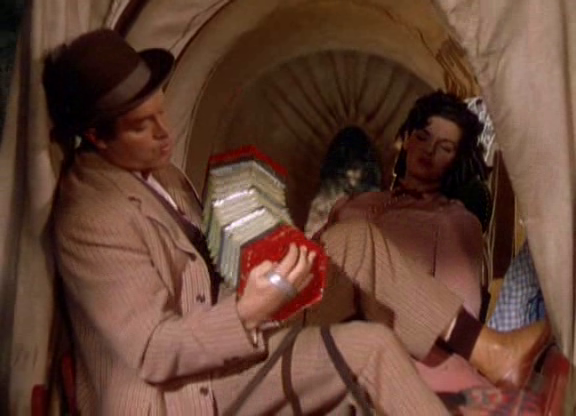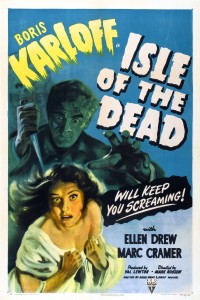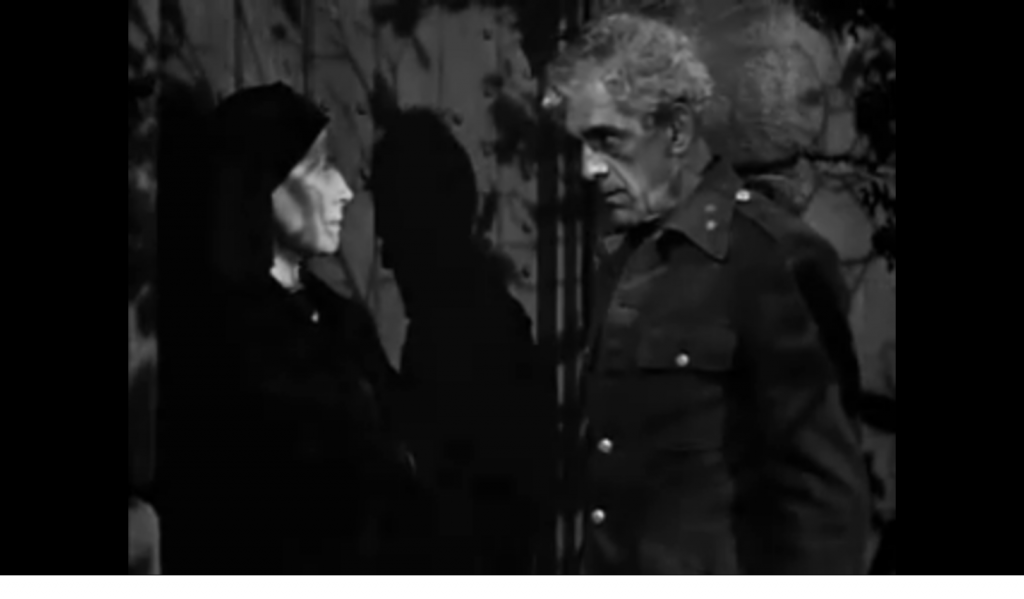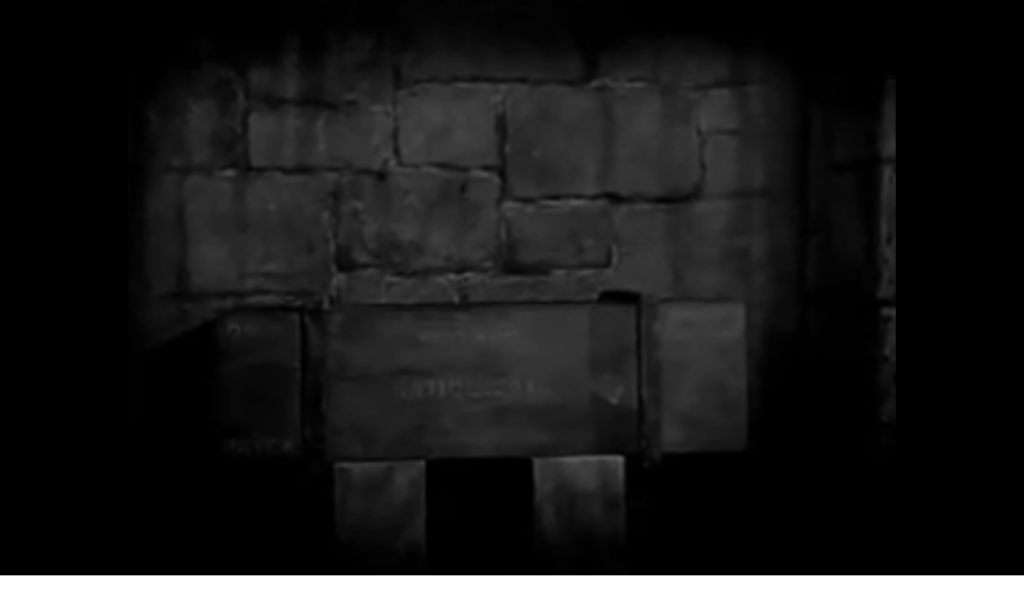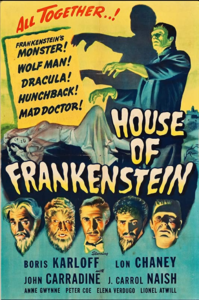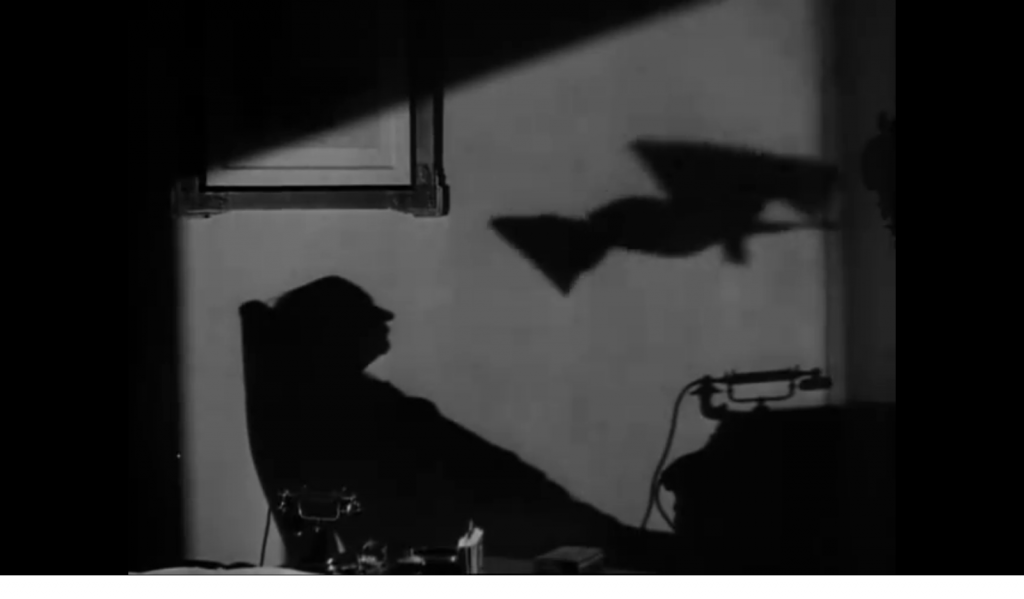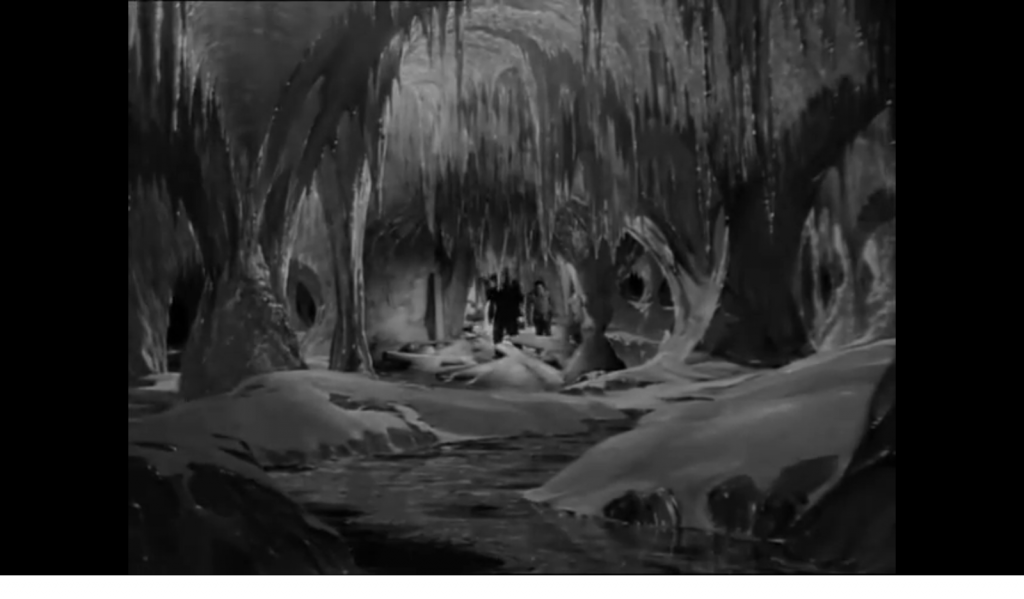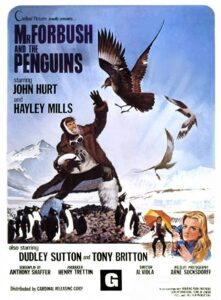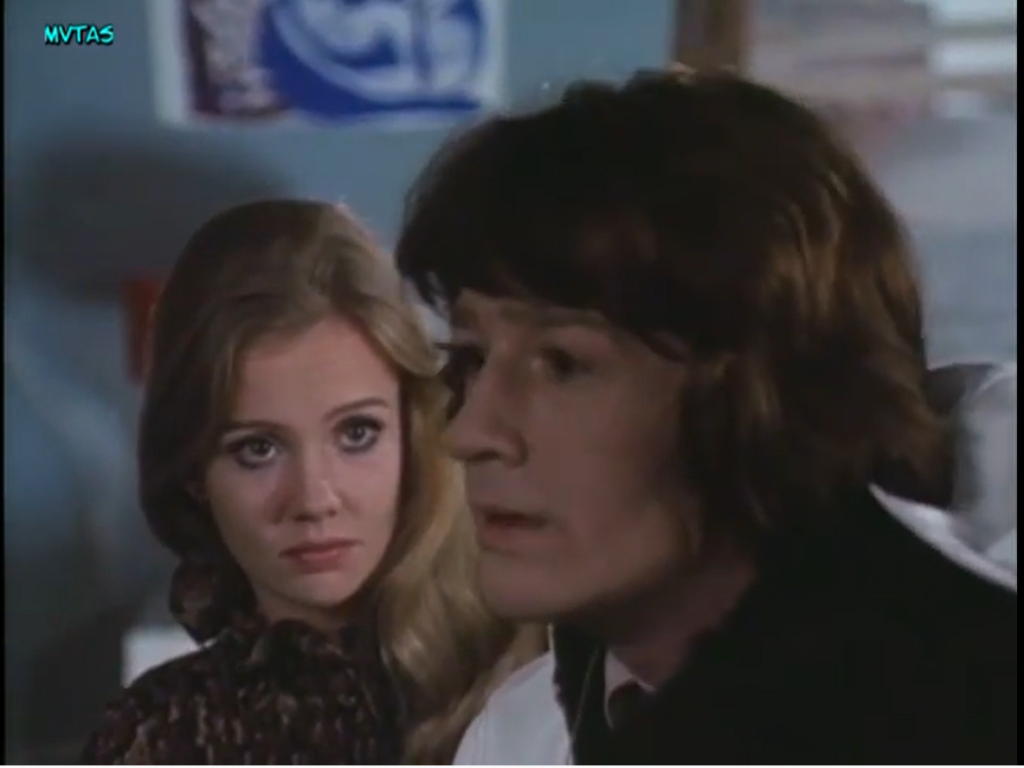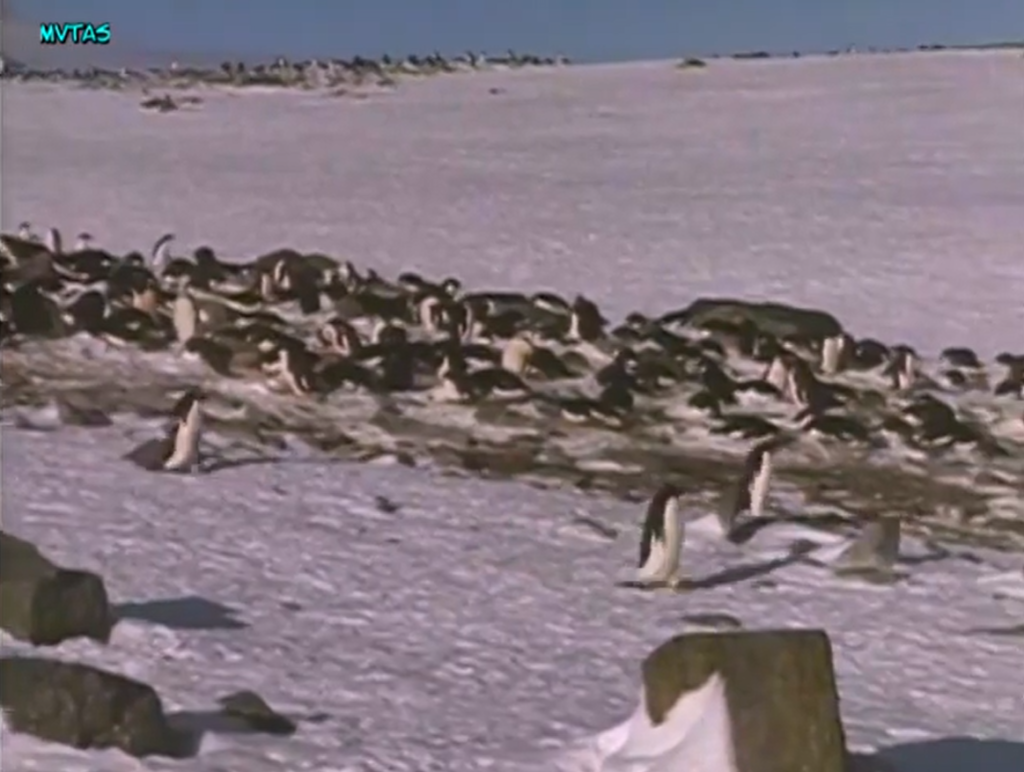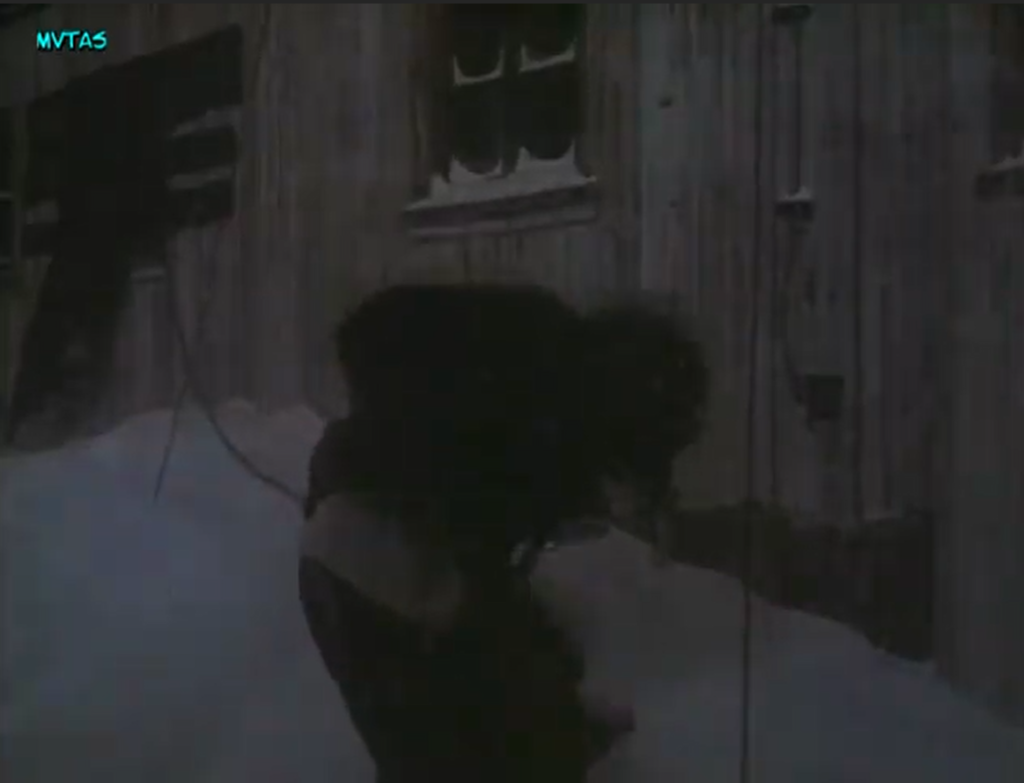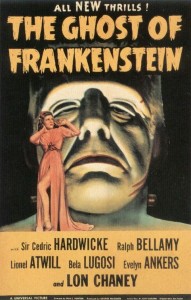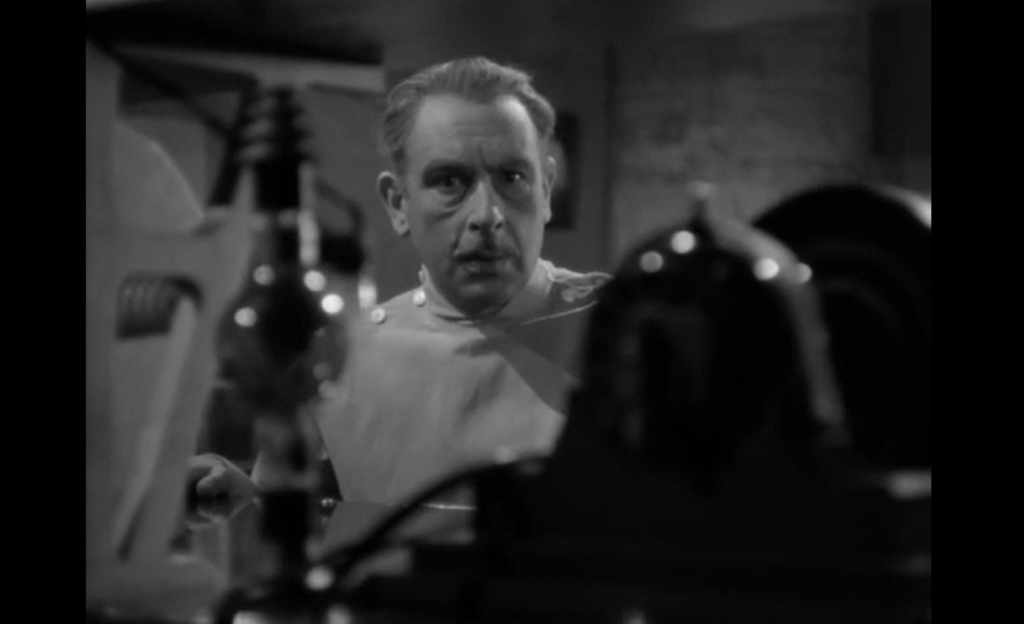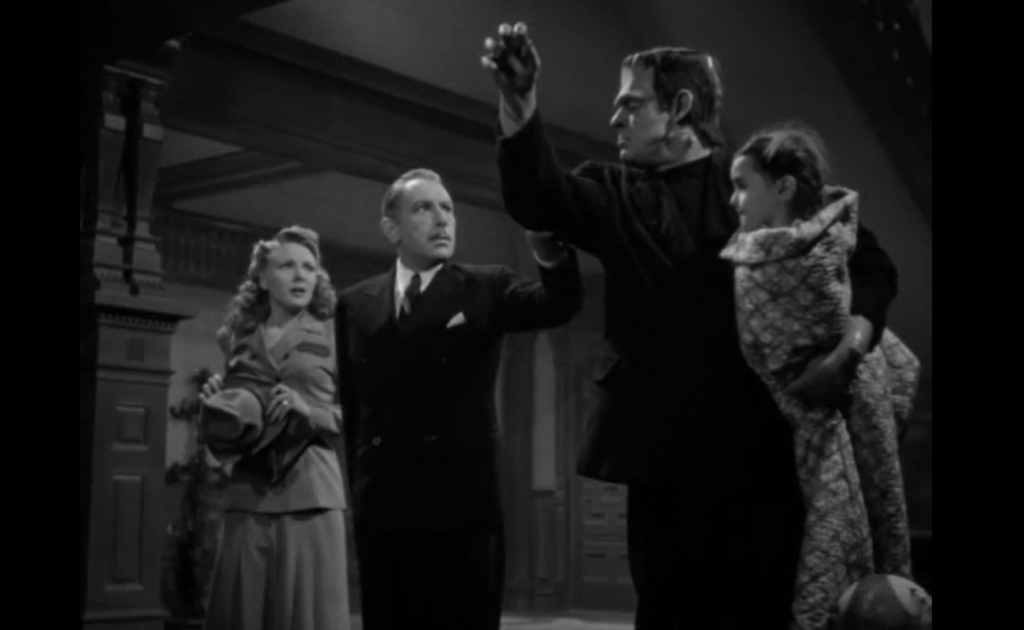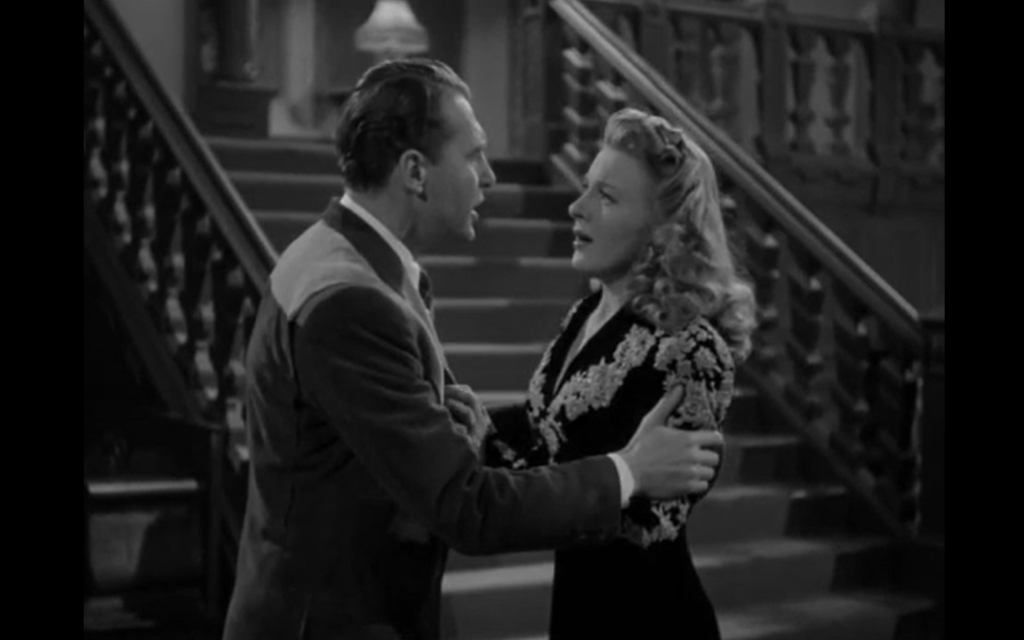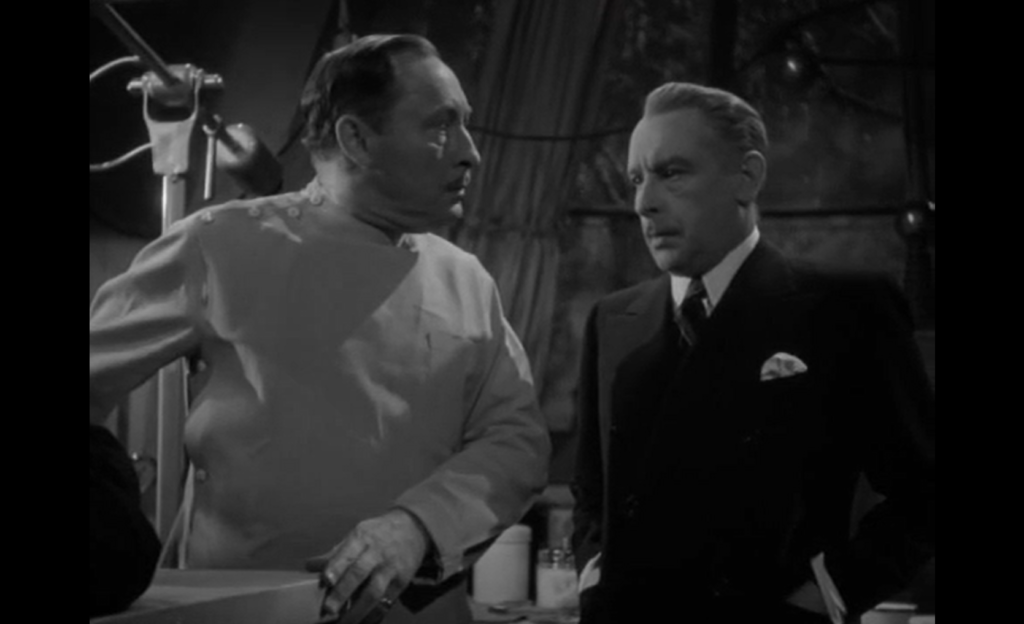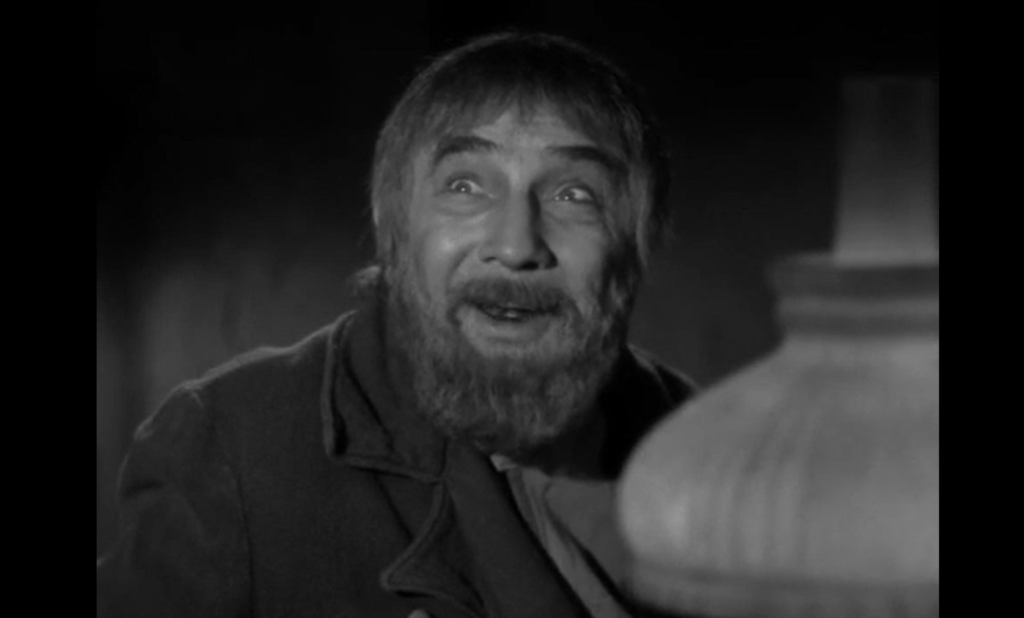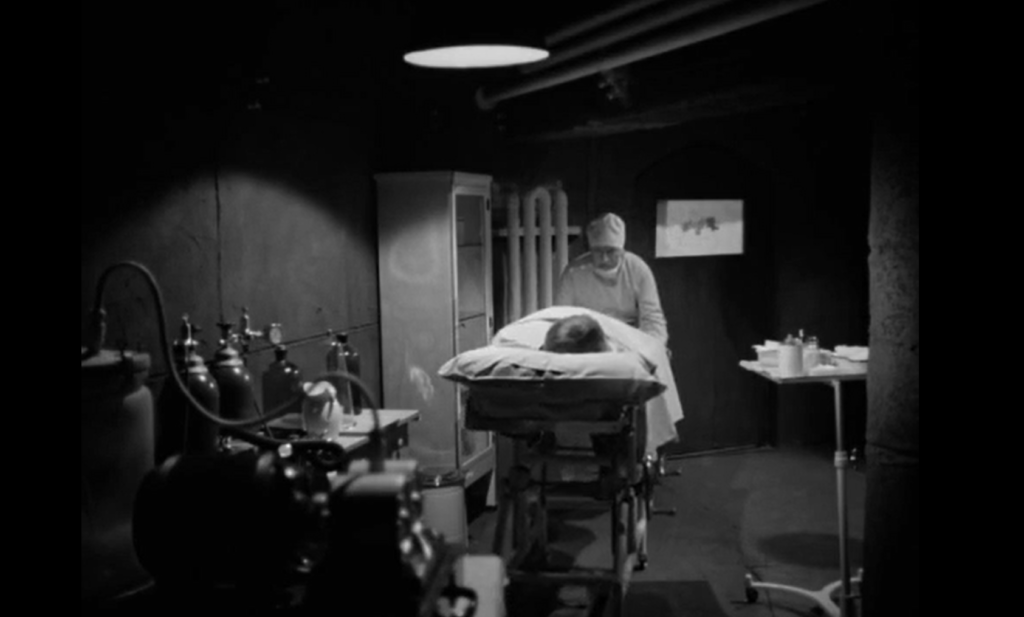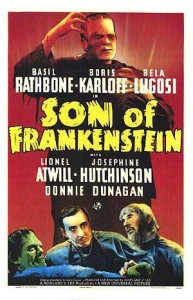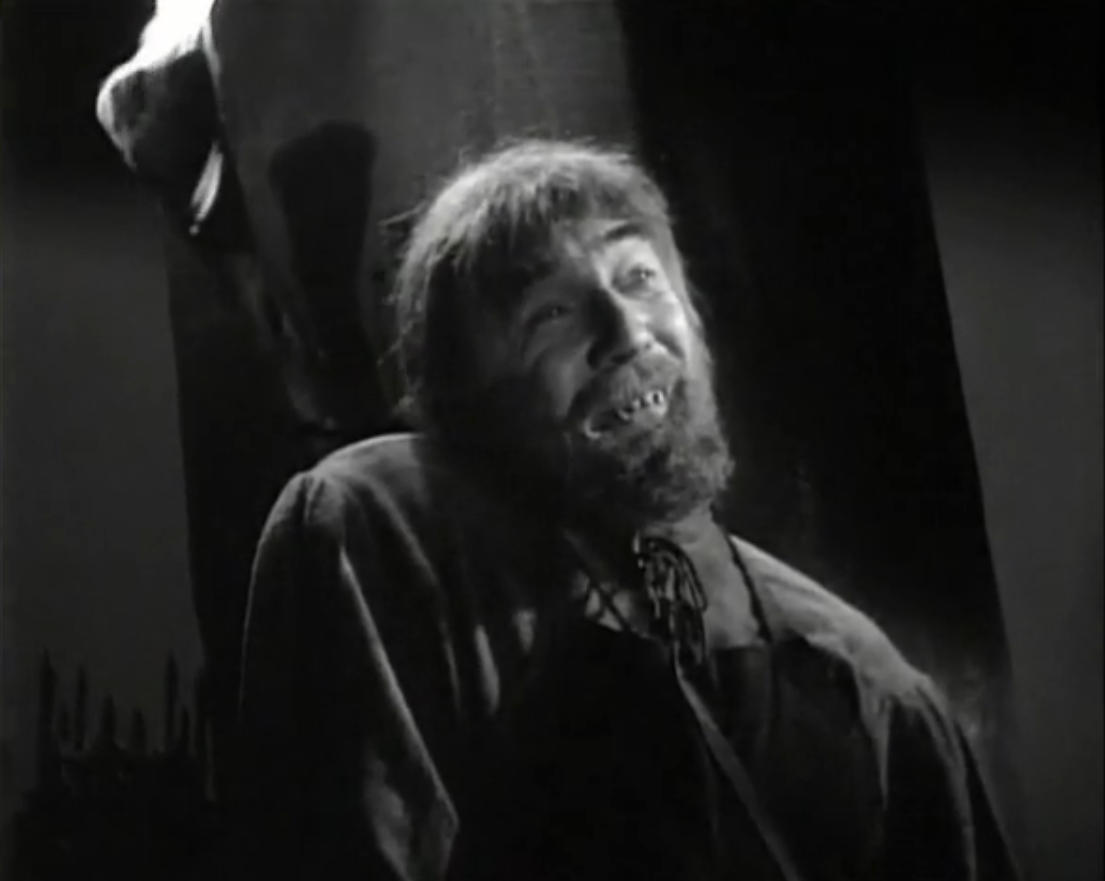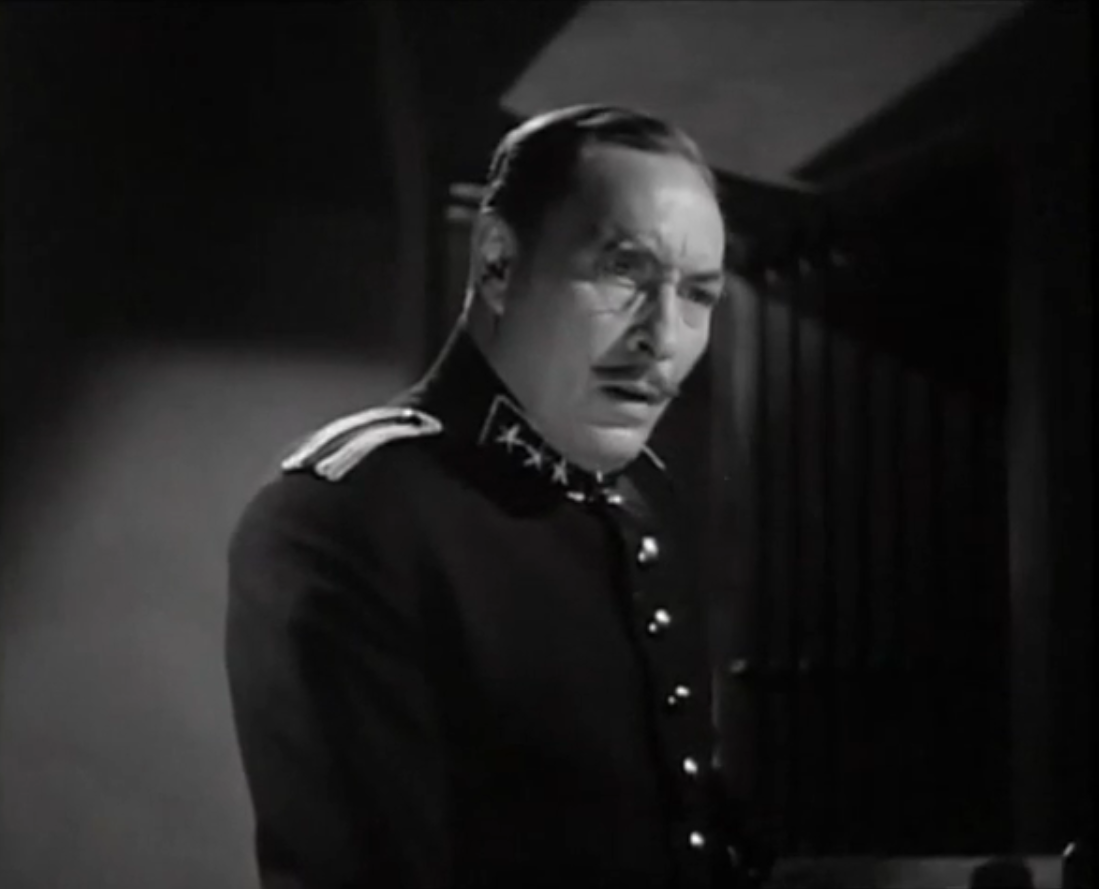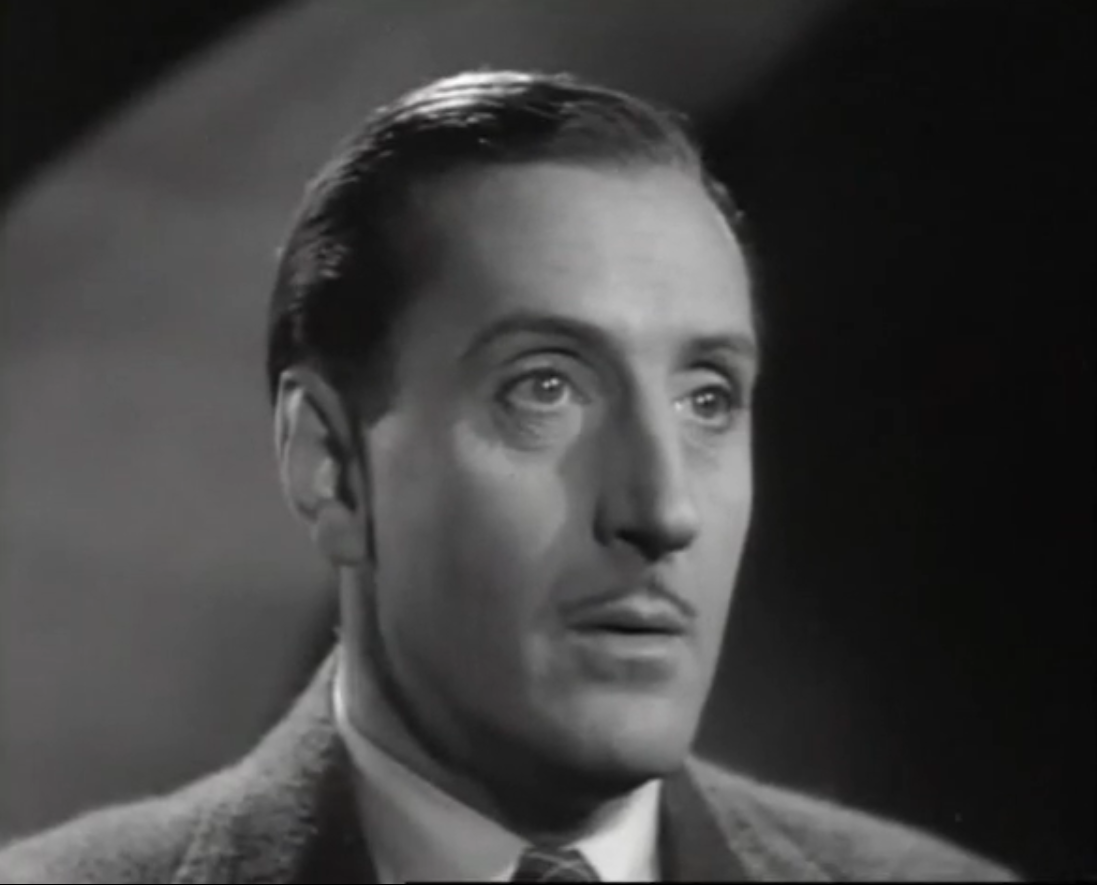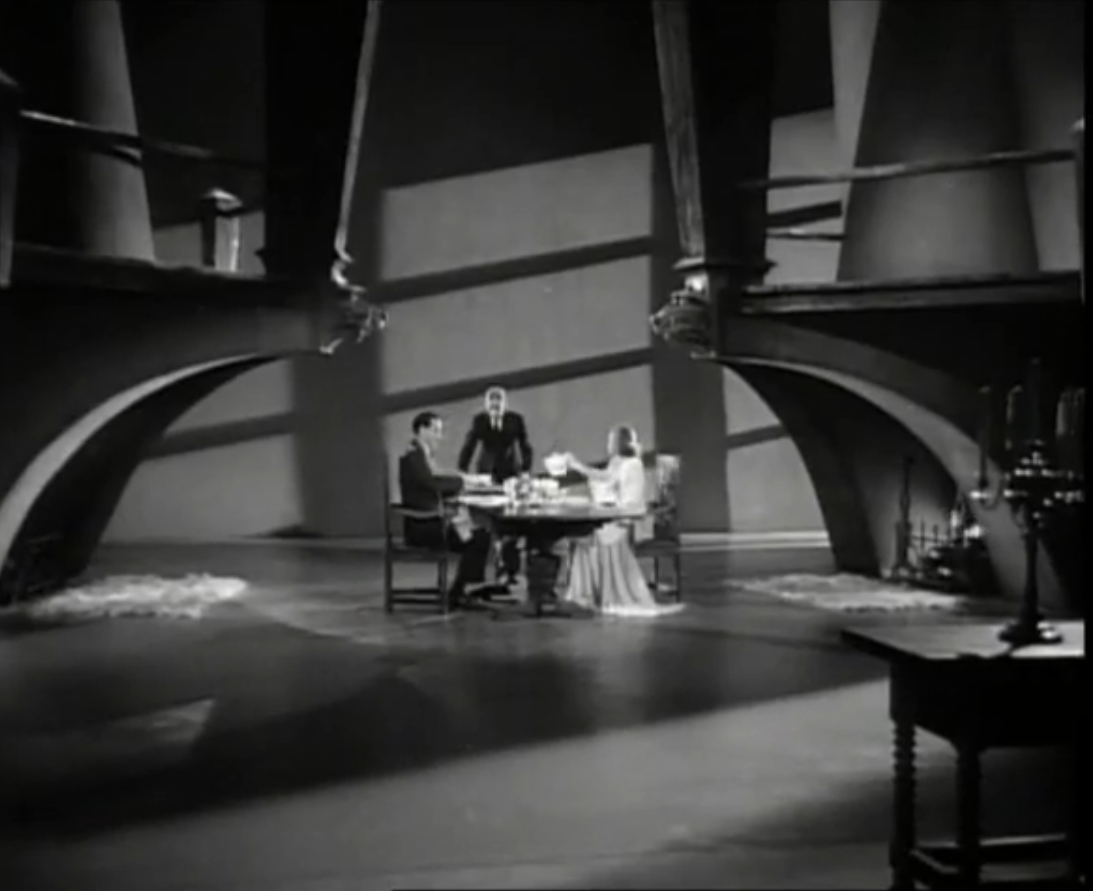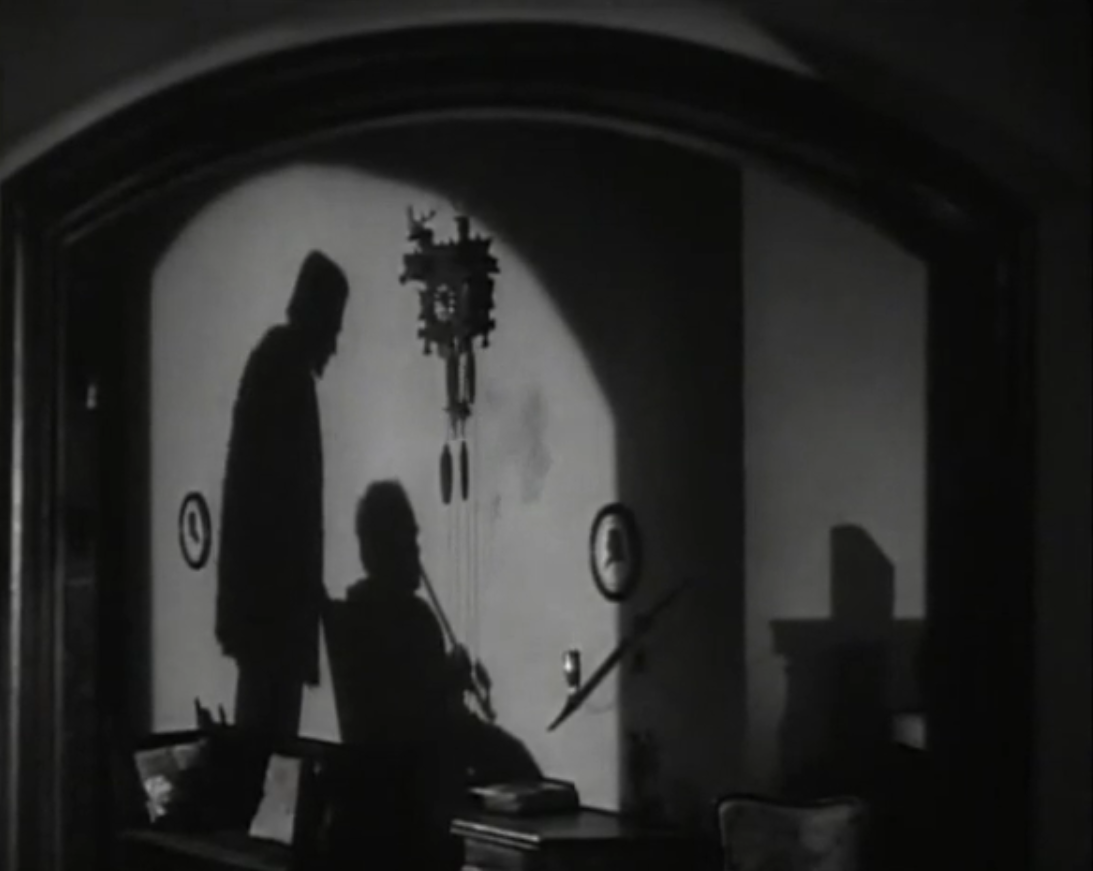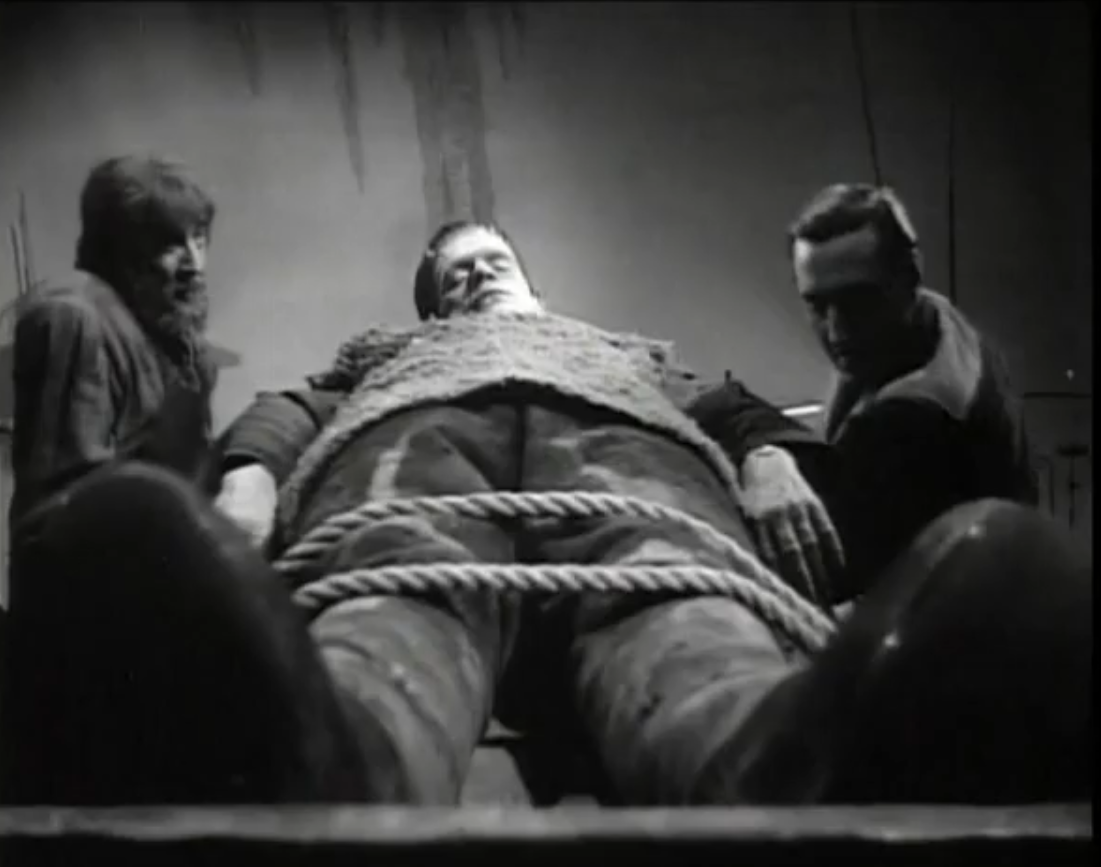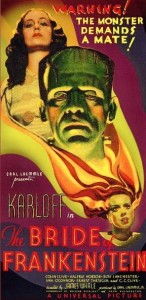|
Genres, Themes, Actors, and Directors:
- Boris Karloff Films
- Colin Clive Films
- Elsa Lanchester Films
- Frankenstein
- Horror
- James Whale Films
- Mad Doctors and Scientists
Response to Peary’s Review:
Peary argues that “James Whale’s stylized, stunningly imaginative, wickedly funny horror masterpiece” is “surpassed only by King Kong among the all-time best monster movies”, and notes that “not even [Kong] has as much ‘class'”. Indeed, it’s a rare sequel which is widely cited as better than its predecessor. While I’m quite fond of the original Frankenstein (I think it holds up equally well, on its own merits), I’ll concede that Bride — a darkly humorous campy romp — is even more fun in many ways. Peary notes that “there are many reasons the film is better than the original, not the least being that it deals with the Monster’s need for female companionship, which is central to the second half of Shelley’s novel”. Indeed, to that end, I would actually argue (as I’ve read elsewhere) that the two short films could/should be viewed as Part One and Part Two of the same movie, given that they possess (mostly) the same roster of actors, and were directed by the same visionary.
At any rate, Peary goes on to argue that this second film “is not cold, bleak, or depressing like the original” (apples and oranges, anybody? I find nothing wrong with the first film having more of this tone), and that it “has a higher budget [so that] the production values breathe life into the story” (though again, I found the production values just fine in the original). He notes that “the claustrophobic castle and laboratory sets are balanced by spacious, candle-lit chambers with shiny floors and columns, all covered with shadows”, and exclaims (rightfully so) over “how wonderful the expressionistic forest [is]!” As Peary points out, “neither Whale nor cameraman John Mescall strove for realism”, given that this “film is meant to be a visualization of a story”. He calls out the way Whale “has fun with the four stars’ angular faces”, shooting them “in tremendous close-ups, often using wild camera angles” — indeed, it’s this particular element of the film that strikes one as most innovative and astonishing. (“Really? He’s filming from THAT perspective?!” you’ll find yourself wondering aloud.)
Peary accurately argues that the 5’4″ Lanchester is “marvelous in her brief appearance as the Bride”, walking on “2 1/2-foot stilts that make her movements birdlike” — yet despite her visual dominance in our collective consciousness of this film, she’s really a very minor character, not showing up until the very end, and on-screen for less than five minutes. Thus, Peary’s right to note that “it is Karloff’s touching performance” (as in the original) “that makes this film great.” While he’s “almost hidden beneath Jack Pearce’s remarkable make-up, his sensitive eyes still come through, expressing the Monster’s feelings”. Peary sums it up perfectly: “With Karloff in the part, the Monster is eloquent even when silent”. Just as memorable, however — and arguably an equally essential ingredient in the film’s success — is the bold performance given by Thesiger as “one of the genre’s most eccentric scoundrels”. Whenever this angular villain is on-screen, we simply can’t look away — particularly as he’s showcasing his display of miniaturized humans, each perfectly realized, and reminding one of the expert special effects work done a year later in Tod Browning’s The Devil Doll.
Redeeming Qualities and Moments:
- Boris Karloff as The Monster (nominated by Peary as one of the Best Actors of the Year in Alternate Oscars)
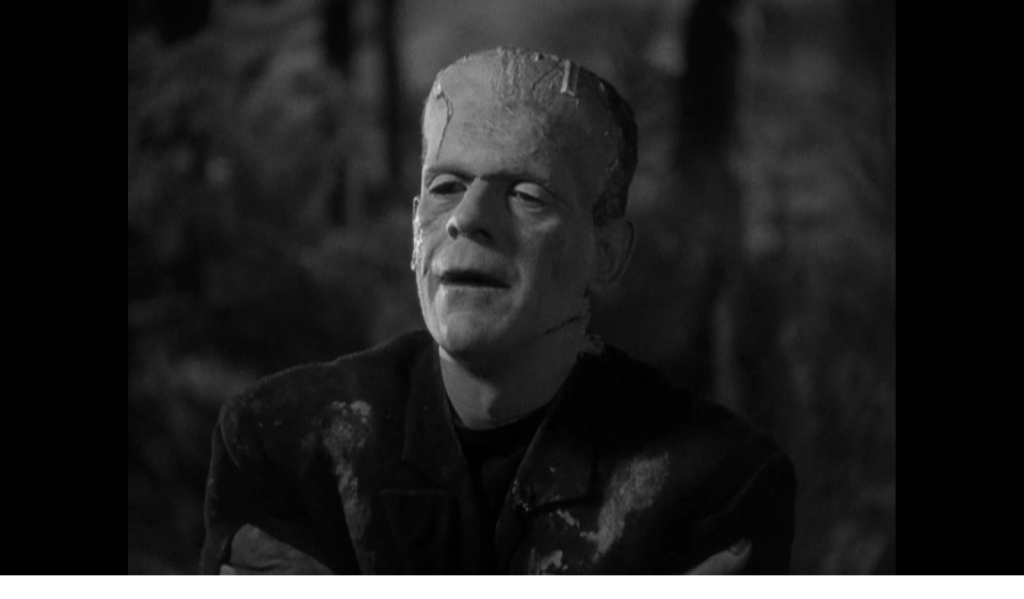
- Ernest Thesiger as Dr. Pretorius
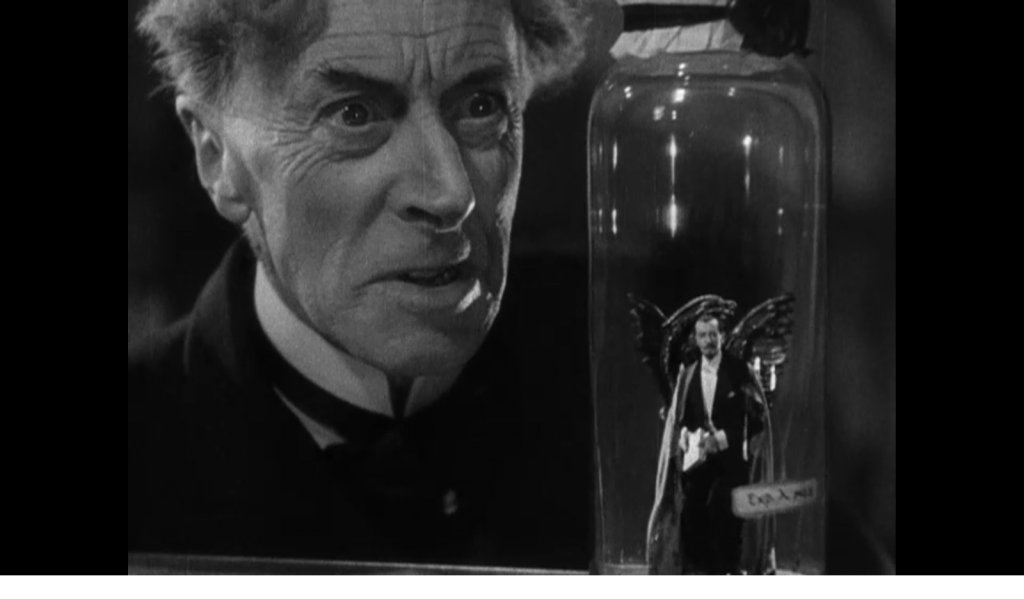
- Elsa Lanchester’s brief appearance as the Monster’s would-be bride
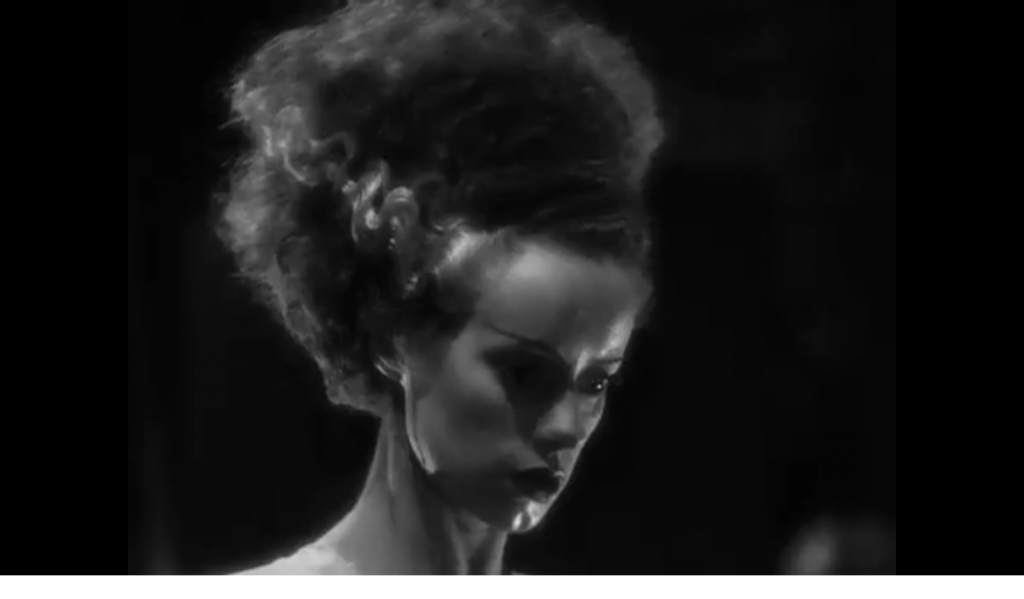
- John Mescall’s atmospheric cinematography
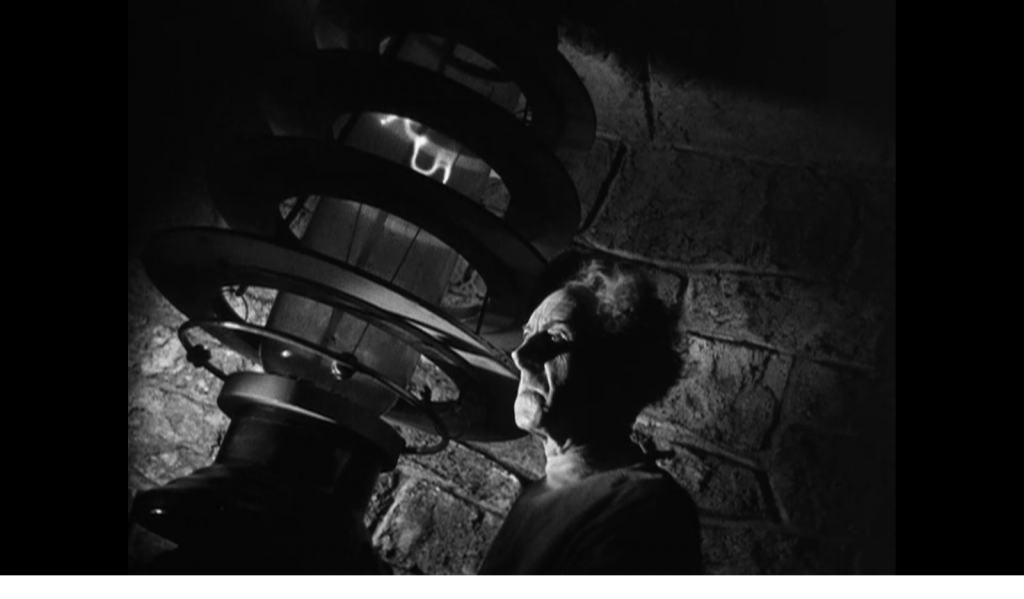
- Charles D. Hall’s Gothic sets
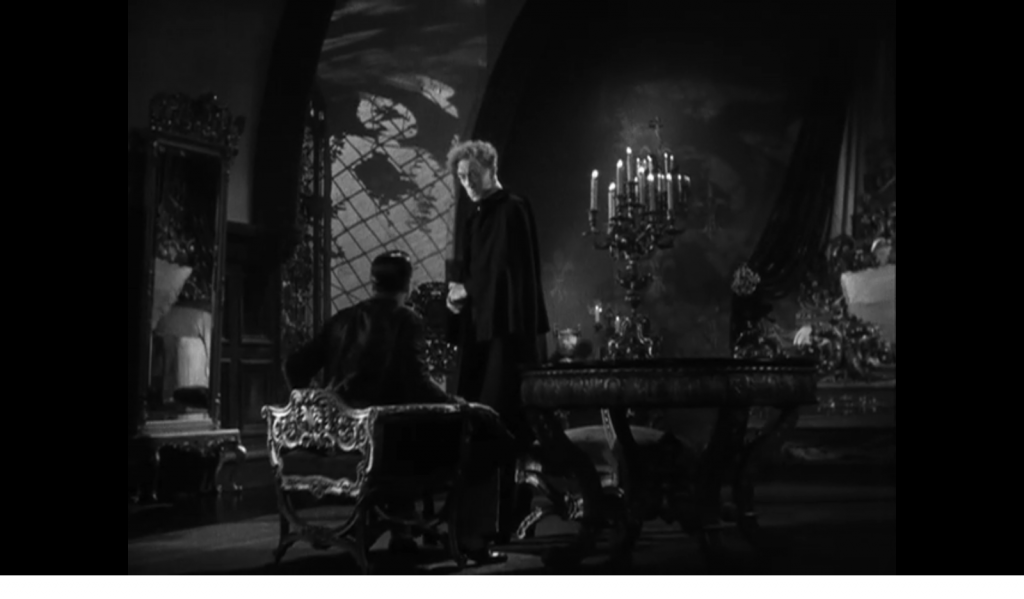
- Expressionistic direction by Whale

- Franz Waxman’s score
Must See?
Yes — as one of the undisputed classics of early horror.
Categories
(Listed in 1001 Movies You Must See Before You Die)
Links:
|
